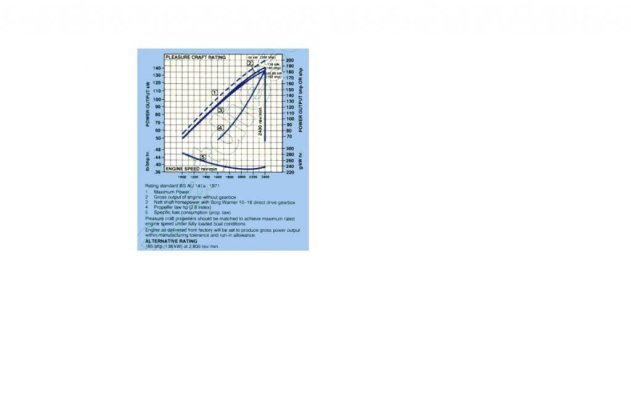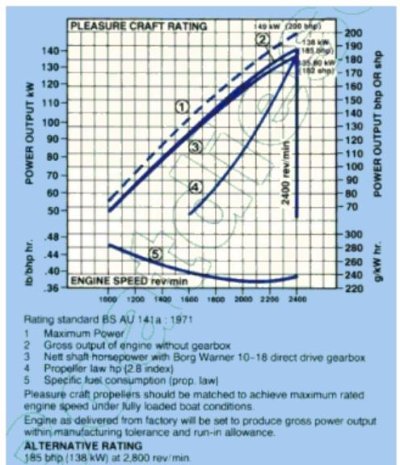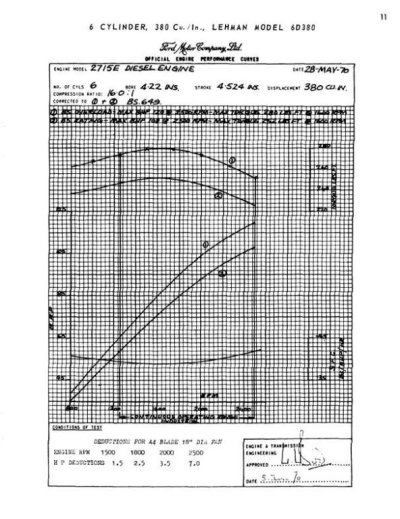nomadwilly wrote:
Marin, Just like the boat the airplane can only be pitched correctly under one set of circumstances with a fixed pitch prop. Over proping will increase fuel economy but one must accept a big loss at the upper end of the range.
Correct.* Smaller planes like the Cessna 172, Piper Cherokee, etc. with fixed pitch props generally have their props pitched for cruise since that's what they will be doing most of the time.* As a result, they do not have the takeoff performance of airplanes with constant-speed/variable pitch*props, where the prop can be set fine for max rpm and hp and then backed off to coarse for most efficient cruise.* You can install climb props on fixed pitch airplanes. These flatter-pitched props*are popular on planes like the Super Cub and other planes that are used for bush work because they can then operate out of short fields, small lakes, off*gravel bars, etc.* But what you gain in takeoff performance you lose in cruise performance.
I do not have an answer for your query on the max continuous rating of the FL120.* However on our recent Desolation Sound trip I met a retired fellow who now lives on Vancouver Island but whose career was as an engine overhauler and rebuilder in England.* When he asked me what kind of engines we have in our boat and I told him Ford Lehman 120s he smiled and said he'd worked on thousands of them, of course in their original vehicular configuration.*
So I asked him a number of questions about the best way to run these engines, and described how we ran ours.* I told him we took it pretty easy with ours, running them at about 1600 rpm.* He said 1600 to 1800 was an ideal power setting as long as they ran to temperature.* He told me that the Dorsett engine (the base engine for the FL120) does not hold up well when run hard.* They can tolerate it for short bursts but high-rpm (this is an engine with only a 2500 rpm redline), high loading will wear them out prematurely.* This is why, he said, they proved to be poor engines in on-the-road vehicles.* They were great, however, for lower-load, lower rpm applications like tractors, cranes, generators, pumps, etc.* Which is why they are so successful as marine engines as long as they are run with the same relatively conservative settings.
He also said one of the worst things one can do to one of these engines is run it too cool.* If this is the only way it can be run, he said, then periodically running it hard to get the temperature up and "clean it out" is necessary.* But if the engines are running to proper temperature-- about 180 to 190 degrees---* in that 1600 to 1800 rpm band then there is never any need to run them hard periodically.* It will accomplish nothing except hasten the day the engine needs an overhaul.
Temperature, he said, is the aboslute key to longevity with these engines.* And religiously following the recommended maintenance intervals.* At the other end of the scale, he said the fastest way to kill an FL120 is let it overheat.* They are not tolerant of that at all.
-- Edited by Marin at 20:41, 2008-10-07


